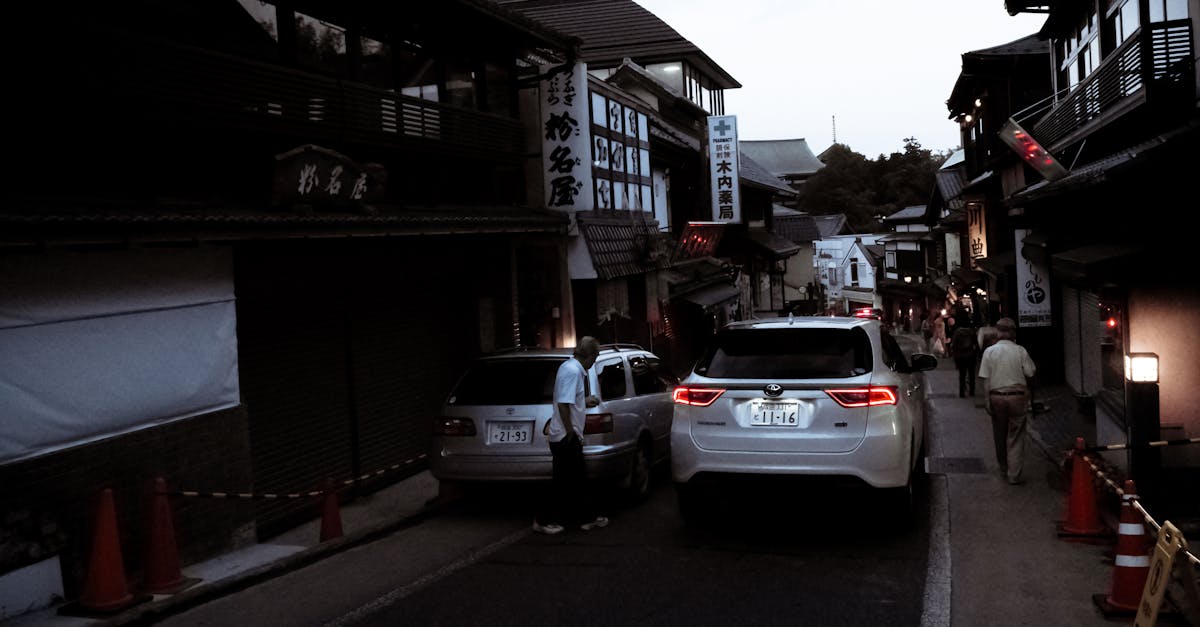What is the most common religion in Japan?

Table Of Contents
Significance of Seasonal Celebrations
Seasonal celebrations hold a vital place in Japanese culture, interweaving traditional beliefs with community values. Festivals such as Hanami, the cherry blossom viewing, reflect a deep appreciation for nature’s beauty and the transient nature of life. Participating in these events fosters a sense of belonging and unity among individuals, strengthening family ties and friendships. Each celebration often includes rituals that draw on Shinto practices, highlighting the significance of harmony with the environment.
The timing of many festivals aligns with agricultural cycles, emphasising gratitude for bountiful harvests. Celebrations around the New Year, known as Shōgatsu, showcase customs that honour ancestral spirits while looking forward to new beginnings. These rituals serve not only to honour the past but also to instil hope for the future, reinforcing a cultural identity that values reflection and renewal. Through these festivities, the Japanese continue to pass down their rich heritage, ensuring that traditions endure through generations.
Religious Demographics
Japan's religious landscape is characterised by a unique blend of Shintoism and Buddhism, which together form the foundation of spiritual expressions in the country. Approximately 80% of the population engages in practices associated with these religions, often simultaneously. Many Japanese people observe Shinto rituals for life events such as births and marriages while celebrating Buddhist customs during funerals and memorial services. This dual adherence reflects the cultural synthesis that defines Japanese identity, with religious observance intricately woven into the fabric of daily life.
Recent statistics indicate that while a majority identify as non-religious when surveyed, this does not imply a disconnection from spiritual practices. Instead, many individuals participate in rituals and festivals out of tradition and cultural significance rather than strict religious conviction. The data reveals that fewer than one million people strictly follow a single faith, highlighting the pluralistic nature of religious identity in Japan. Consequently, the perception of religion in Japanese society often transcends formal belief systems, embracing a more fluid and adaptable approach to spirituality.
Current Statistics and Trends
Religion in Japan presents a fascinating tapestry woven from Shintoism and Buddhism. Recent statistics indicate that approximately 79% of the population engages in Shinto practices, while around 66% identify with Buddhism. These figures demonstrate a unique coexistence where religious boundaries often blur, leading to a rich cultural amalgamation celebrated in rituals and festivals. Many Japanese individuals partake in customs from both traditions, reflecting the country's historical acceptance of diverse beliefs.
The trend towards secularism is notable, with surveys revealing that a significant segment of the population identifies as non-religious or has moved away from organised practices. However, the influence of religion persists through cultural customs embedded in daily life. Festivals linked to seasonal changes continue to garner community participation, serving as moments of connection rather than strictly religious observance. This evolution indicates a dynamic relationship between tradition and modernity within Japanese society, where heritage is cherished even amidst changing cultural landscapes.
Role of Religion in Japanese Society
Incorporating Shinto and Buddhism into daily life, religious practices serve as a framework for various cultural and social activities in Japan. Many Japanese people engage in rituals that mark significant life events such as births, marriages, and funerals. Local shrines and temples often become focal points not only for spiritual guidance but also for community gatherings and celebrations. Festivals connected to religious traditions play a vital role in bringing communities together, fostering a sense of unity amongst residents and honouring shared heritage.
Religion also influences arts and cultural expressions, which are integral to Japanese identity. Traditional poetry, theatre, and visual arts often draw inspiration from religious narratives and themes. Everyday life reflects religious elements through architecture, cuisine, and even seasonal decorations. This intertwining of religion with various aspects of life highlights how deeply embedded these beliefs are in societal norms, shaping values and behaviours from historical times to the present day.
Impact on Culture and Daily Life
Religion permeates various aspects of Japanese culture, influencing everything from art to cuisine. Shinto shrines and Buddhist temples are integral to the landscape, often harmoniously coexisting within communities. Festivals rooted in these beliefs showcase traditional music, dance, and rituals that celebrate nature and the changing seasons. Such events not only foster a sense of community but also serve as a reminder of Japan's rich spiritual heritage.
Daily life in Japan often reflects a blend of Shinto and Buddhist practices, with many individuals observing customs without a strict adherence to one religion. Newborns are welcomed with Shinto rituals while funerals typically involve Buddhist traditions. This synthesis allows for a unique approach to spirituality, where beliefs manifest in meaningful ways. From home altars to seasonal celebrations, religion enriches the tapestry of everyday experience, grounding individuals in a continuum of tradition and modernity.
FAQS
What is the most common religion in Japan?
The most common religions in Japan are Shinto and Buddhism, with Shinto being the indigenous faith and often considered the primary religion.
How does Shinto influence Japanese festivals?
Shinto plays a significant role in Japanese festivals, which often celebrate seasonal changes, agricultural rites, and kami (spirits) through rituals, offerings, and community gatherings.
Are there any statistics on religious demographics in Japan?
Yes, current statistics indicate that a majority of the population identifies with Shinto, while a significant number also practice Buddhism, often engaging in rituals from both religions.
What impact does religion have on daily life in Japan?
Religion in Japan influences various aspects of daily life, including cultural practices, seasonal celebrations, and social customs, often blending Shinto and Buddhist traditions seamlessly.
Are there any trends regarding religious affiliation in Japan?
There is a trend of increasing secularism in Japan, with more individuals identifying as non-religious, though many still participate in traditional rituals and celebrations associated with Shinto and Buddhism.
Related Links
Why is Yokohama famous?What are the 7 regions of Japan?
Does Japan have 8 or 9 regions?
What is the most beautiful city in Japan?
Which city is better Osaka or Kyoto?



